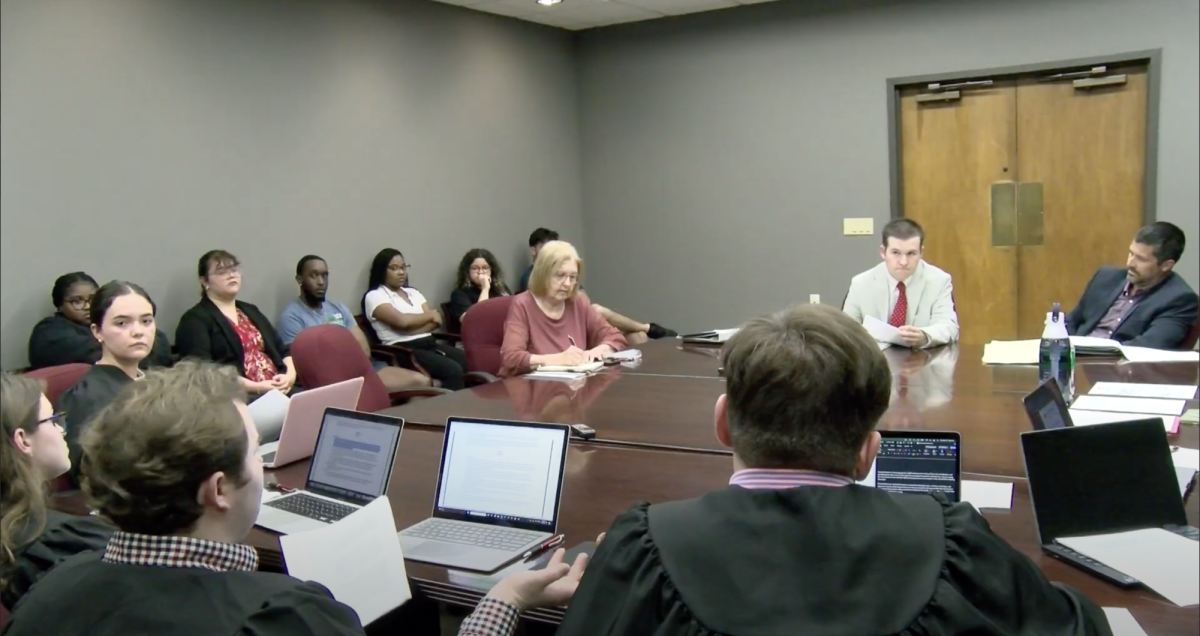The Louisiana Board of Regents compiled and released the 2010-2011 Value-Added Teacher Assessment scores to examine preparation and effectiveness of new teachers in pre-kindergarten through 12th grade.
The assessment model, developed by Louisiana State University Psychology researcher and professor George Noell, was established under Act 54, approved during the 2010 Louisiana legislative session as part of Governor Bobby Jindal’s legislative package, according to Gregg Stall, the University’s department head of teacher education and University representative on the value-added research team, Act 54 mandated that some type of examination of teacher-preparation programs take place based on students’ performance, leading to the establishment of the Value-Added Teacher Assessment program.
“The amount of value added to a student’s knowledge in the year you had him as a student is what determines a value-added score,” Stall said.
Teachers of students in grades pre-kindergarten through 12th are given value-added ratings based on the amount that their students learn, Stall explained.
The growth a student is expected to have is based upon abilities, past growth, attendance and any exceptionalities. All these factors are used to determine a value-added score, which will then be used to compare first and second year teachers to veteran teachers.
Finally, value-added scores of first and second year teachers are used to calculate mean scores for universities. These scores are then reported to the public.
The University’s teacher education program is one of 10 undergraduate programs that participated in the statewide evaluation in content areas with 25 or more new teachers.
To be included in the count, the new teachers must have been teaching in the initial certification area in which they were prepared to teach. They also must have remained with their students for the entire academic year.
Teachers are counted as new only if they began teaching within five years of completing their program, according to the Board of Regents Web site.
Stall said the value-added results are meant to compare students of teachers who were prepared at Nicholls to students of teachers who were prepared at other universities.
The 27 Nicholls graduates certified to teach science earned a mean score of 0.1 in 2010-2011. The 31 graduates certified to teach social studies earned a mean score of 1.4. The 27 graduates certified to teach mathematics earned a score of -2.7, and the 27 graduates certified to teach Language Arts earned the lowest score among universities at -4.1.
Negative scores should not necessarily be viewed in a bad light, according to the Regents Recap. A score of zero means a new teacher is as good as an experienced teacher, with anything below zero indicating a need for improvement and anything above 0 indicating that the teacher has exceeded the expected student growth.
Labels have not been established yet to better interpret the numbers, and no university should be viewed negatively, according to the Recap.
While Nicholls scored low in two areas, Stall said, new teachers were outperforming experienced teachers in other areas.
Stall explained the program is a work in progress and that this data can be used as a valuable assessment tool, along with other data. Because the margin of error is so large in some core areas, Stall said it is important not to rely solely on this data.
“The numbers from Nicholls’ teacher education programs are not large enough in some areas to provide an accurate effect estimate,” Stall said. “The margin of error, because of the small numbers in the sample, are not adequate for making program changes at this time.”
The numbers reported by the Board of Regents also do not necessarily reflect the programs currently in place, Stall said. Curriculum and methods of assessment were recently changed, so the model will have to change with them. He cited the first effect estimate that was released to the University, which was based upon a program that is no longer in existence, as an example of the program’s imperfections.
However, this data is not being ignored, Stall said. It is simply being used as an evaluation tool along with other data.
Although there are some discrepancies that must be addressed due to previous evaluation methods, the Board of Regents reported that they are confident in the program.
“We have a vested interest in producing good teachers to serve in Louisiana’s K-12 classrooms,” commissioner of higher education Jim Purcell said in the Regents Recap. “Those teachers are preparing students to be college and career ready, and they play a critical role in our goal of increasing the educational attainment of all of our citizens.”
The Board of Regents will hold a joint meeting with the Board of Elementary and Secondary Education in December. The two groups will discuss recommendations for the value-added program and assign 2010-2011 performance levels for the published value-added scores to show where each university ranks in regards to other participating universities.












